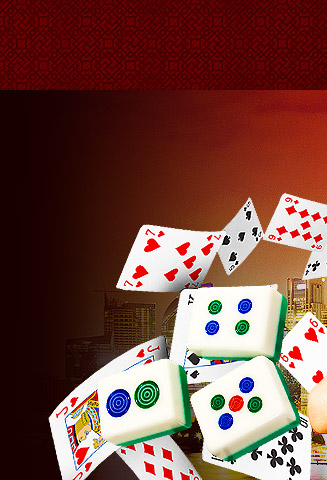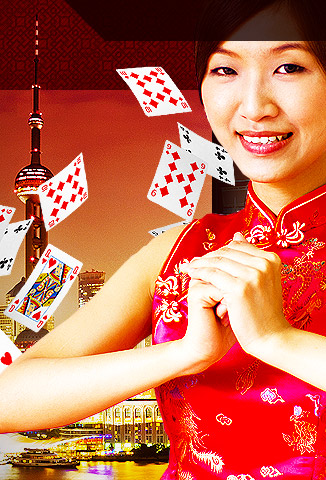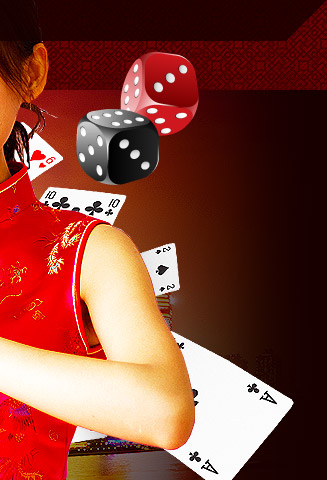Mahjong
Mahjong is an ancient Chinese four-player gambling game that is still popular today.
At the start of each Mahjong game, each player is dealt either thirteen or sixteen tiles in a hand (depending on the variation being played). On their turn, players draw a tile and discard one, with the goal of making four or five melds (also depending on the variation) and one pair, or "head".
A player wins by drawing a new or discarded tile that completes his hand. Thus a winning hand actually contains fourteen (or seventeen) tiles.
One of the myths of the origin of Chinese Mahjong suggests that Confucius, the great Chinese philosopher, had developed the game in about 500 BC.
According to this myth, the appearance of the game in the various Chinese states coincided with Confucius' travels at the time he was teaching his new doctrines. And since Confucius was affectionate of birds, the game was named "Mahjong" or sparrow.
There is no hard evidence of that supports the idea that Mahjong existed before the Taiping era in the 19th century, which eliminates Confucius as Mahjong's inventor.
Today, there is still a healthy debate on who created the game. Another theory suggests that Chinese army officers, serving during the Taiping Rebellion, created Mahjong as a pass time.
One more theory points to a noble who lived in the Shanghai area between 1870 and 1875 created the game. Others believe that around 1850 in the city of NÍngpo two brothers had created Chinese Mahjong from the earlier game of Madiào.
Mahjong was banned in China in 1949, when the People's Republic of China was founded. The new Communist government forbade any gambling activities, which were regarded as symbols of capitalist corruption.
After the Cultural Revolution, the game was revived, and once again Chinese Mahjong has become a favorite pastime of the Chinese, as well as in Hong Kong, Macau, Taiwan and even in western countries.
域名 DuboZhe.com 正在出售中,如果您对该域名感兴趣,请点击这里提供您的报价。
The domain name DuboZhe.com maybe for sale. Please click here if you would like to make an offer.



